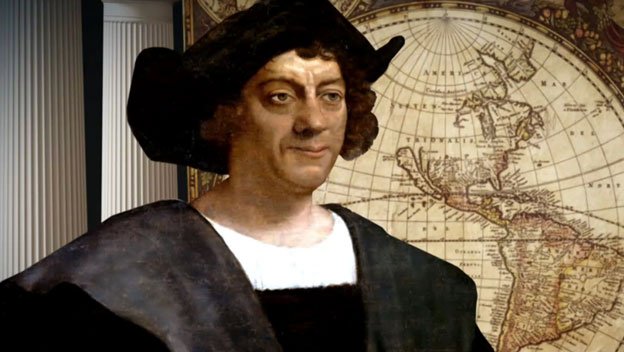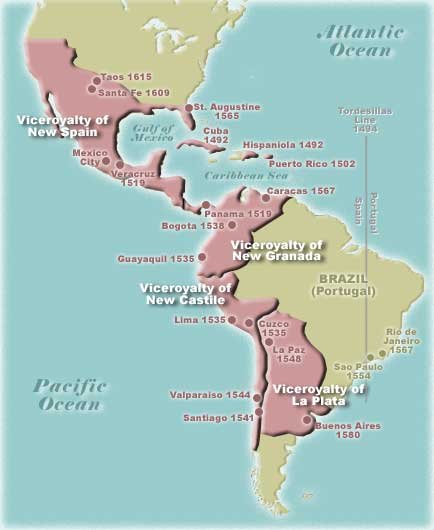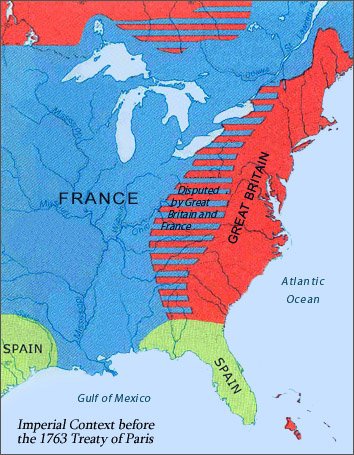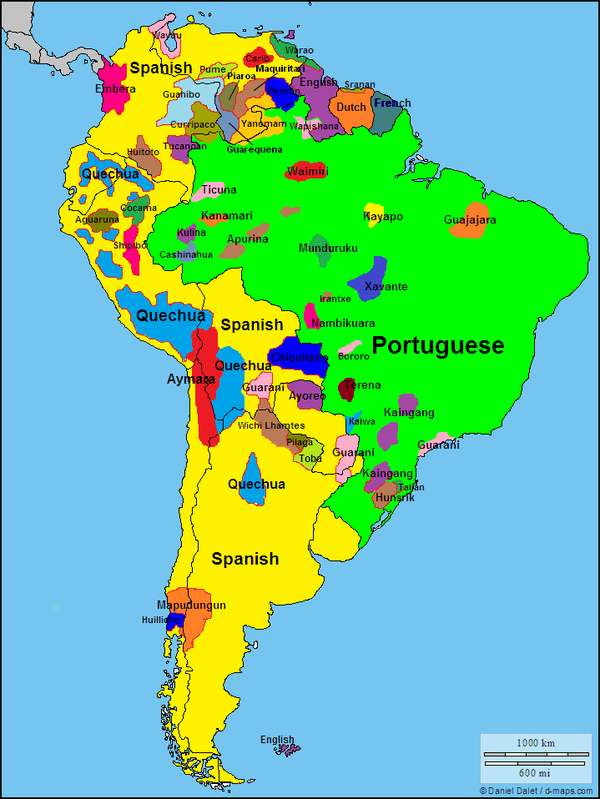Exploration & Colonization - History of USA #1
The exploration of North America by non-indigenous people was a continuing effort to map & explore the continent of North America. It spanned centuries and consisted of numerous people and expeditions from various foreign countries to map the continent.

Europeans had always shown profound interests to elevate and boost up trade links with east because they had a vast range of political, economic, social and religious concerns regarding Asia. They always tried to work to find better opportunities in terms of establishing trade connections and wanted to engage those people in economic strangulation.
In 15th century only two main routes existed between Asia and Europe. First was mainly a water route and ran through Cairo, the Red Sea and the Indian Ocean. The other was land route, however, these routes were closed by Turkey due to traditional rivalry between the two. Though the American continent was discovered for the first time by the Norsemen from Scandinavian countries but much was not known about the continent. The real discovery of America was made by Christopher Columbus, a Spanish navigator about five hundred years later.
- Trade Avenues Europe and Asia
Following were the two trade avenues between Europe and Asia:
- By Sea
- By Land
- Christopher Columbus discovered USA in 1492

Christopher Columbus, discoverer of America
Columbus was born sometime in the fall of 1451 to a humble family of Genoa, Italy. He became a seaman at a young age. By the time he was in his twenties, he was a skilled sailor with enough knowledge to pilot his own boat. In 1476, Columbus traveled to Lisbon, Portugal. He educated himself in the store. studying navigation and the art of cartography, or mapmaking. He sailed in the service of the king & queen of Spain. Between 1492 and 1504, he made four voyages to the Caribbean islands and South America, lands unknown to Europeans at that time. He prepared a number of maps & charts and undertook occasional voyages down to the African cast to Cape Verde Island.
His famous voyages were carried in:
- 1492
- 1493
- 1498
- 1502
- Discovery of America and Civilization living before Columbus
When in 1492 Columbus reached to the South American island Bahamas, he found four civilizations having different cultures, beliefs and attitudes towards foreigners. The civilizations were:
- Red Indians
- Mayas
- Aztecs and Toltees
- Incas
- Naming the big Island
The new land discovered by Columbus was known as New World/Golden land and storage land till a German professor named it America in honor of an Italian Mariner Amerigo Vespucci, who made three sensational voyages to this newly discovered continent. Ultimately the discovery of American Continent led to a competition among the European powers to colonize the areas.
- European Colonization
There are several theories on who discovered America. Columbus was not the first foreigner to land on its shores, but was among the first to encourage Europeans to establish regular channels of contact with the New World. In the decades following Columbus's journey of 1492, many European countries explored the New World. While their exploration and trading efforts were generally successful, establishing settlements and permanent colonies were more difficult tasks.

A map of colonies under the Europeans
1- Spain
Columbus's voyage was funded by the monarchs of Spain. Spain continued to explore the New World after Columbus's success. It concentrated in Central and South America, where gold and silver were abundant. While Spain explored the geography and populations in North America, the lack of gold and silver deposits discouraged Spain from focusing its attentions there.

Spanish colonies in America
2- France
Impressed with Spanish importation of wealth, France undertook its own exploration of the New World. In 1524 King Francis I commissioned a Florentine navigator Geovanni da Verrazano to search for the elusive "Passage to the Orient" an all water route from Europe to Asia. Though he did not find one, he did map much of the east coast of North America. Later voyages by Jacques Cartier brought the French expeditions into Canada from St. Lawrence River. The history of France in America is really a history of trade based on furs. Expansion of New France which went into the regions known as Minnesota, down the Mississippi River, and into Louisiana by 1700, were motivated mostly by trade interests.

3- Portuguese
In 1484 Columbus tried hard but remained unsuccessful in developing interest of King John II of Portugal in voyages to the west. Columbus then offered his services in leading such an exploratory voyage to King Ferdinand and Queen Isabella of Spain. Isabella in 1492 agreed to finance such a voyage and named Columbus as the admiral, viceroy and governor of any land he would find. On August 3, 1492 Columbus's fleet of three ships left Spain and made landfall in the Bahamas on October 12th, about two months later. The fleet then sailed to the northeast coast of Cuba and turned eastward to the island of Hispaniola, which now contains countries of Haiti and the Dominican Republic. There Columbus lost his flagship, the Santa Maria. He then returned to Spain to report his findings.

Map showing Portuguese colonies in South America
- Cheif Factors which encouraged the European Powers to plant Colonies in American Hemisphere
Following are some of the major factors behind American colonization by different European powers:
- Search for New Routes
- Renaissance in Europe
- Pressure of Population
- Temptation to Trade with East
- Advance seafaring and other technologies
- Desire for Wealth
- Religious Factor
- Imperial Race
- Royal Patronage
- Intellectual Curiosity
- Industrial Growth of Europe
- Critical Analysis
Desire for wealth and religious issues were among the chief factors of American colonization. From the North line of Mexico to the Southern extremity of the continent the Spanish and the Portuguese had established themselves in nearly every available region. But North America from the Gulf of Mexico to the Arctic Ocean was still in the hands of the aboriginals , with the sole exception of the Spanish colony of St. Augustine, in Florida. The 17th century was destined to be the era of settlement of this important region, mainly by English and French , but to a minor extent by the Dutch and the Swedes.
In the next article of this series, we shall discuss whether America is a Mixing Bowl or a Melting Pot!
Follow me for more on offer.
Junaid Khalid
This post has received a 0.28 % upvote from @drotto thanks to: @banjo.
Congratulations @hmjunaid! You have completed some achievement on Steemit and have been rewarded with new badge(s) :
Click on any badge to view your own Board of Honor on SteemitBoard.
For more information about SteemitBoard, click here
If you no longer want to receive notifications, reply to this comment with the word
STOPVery interesting facts.